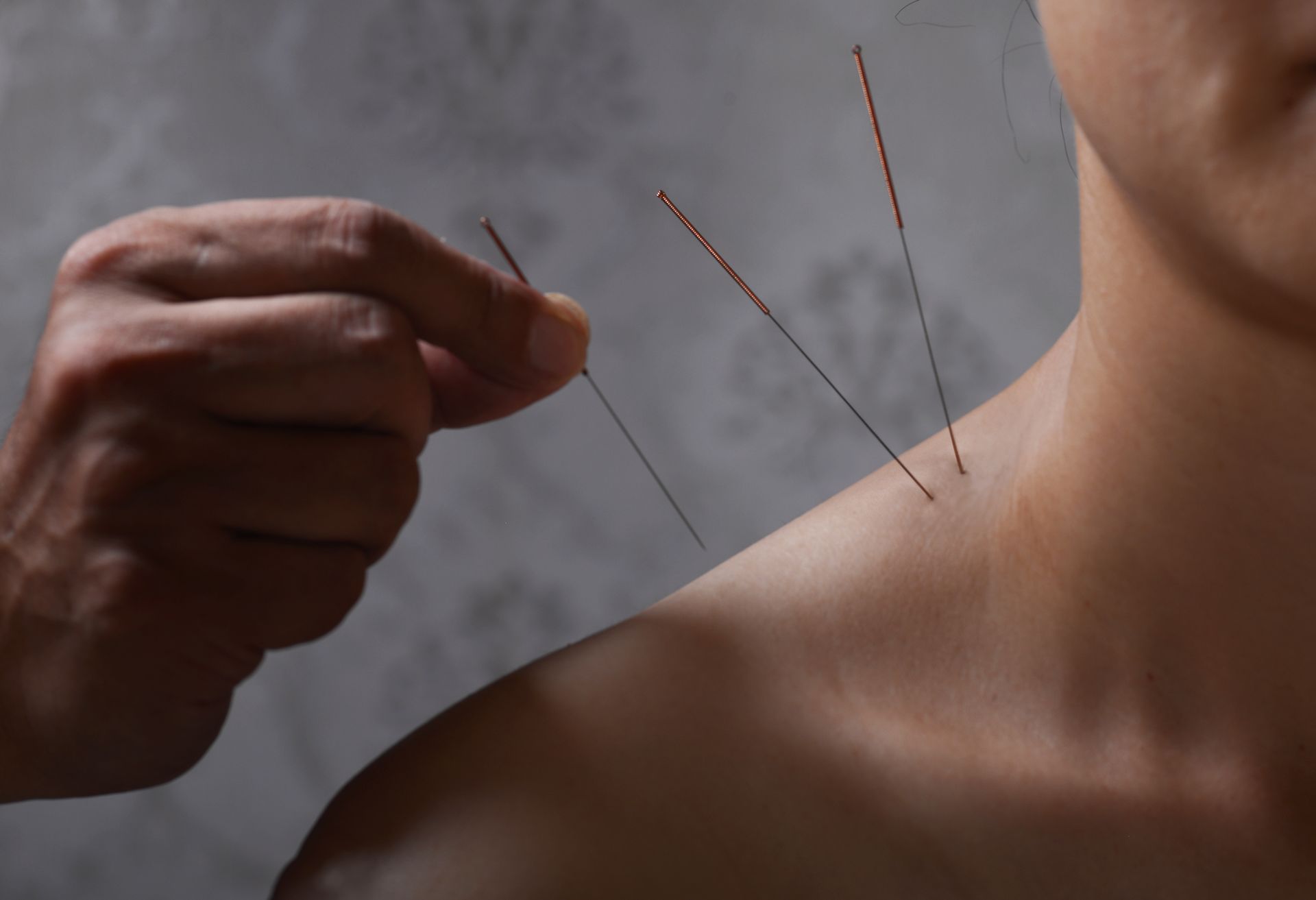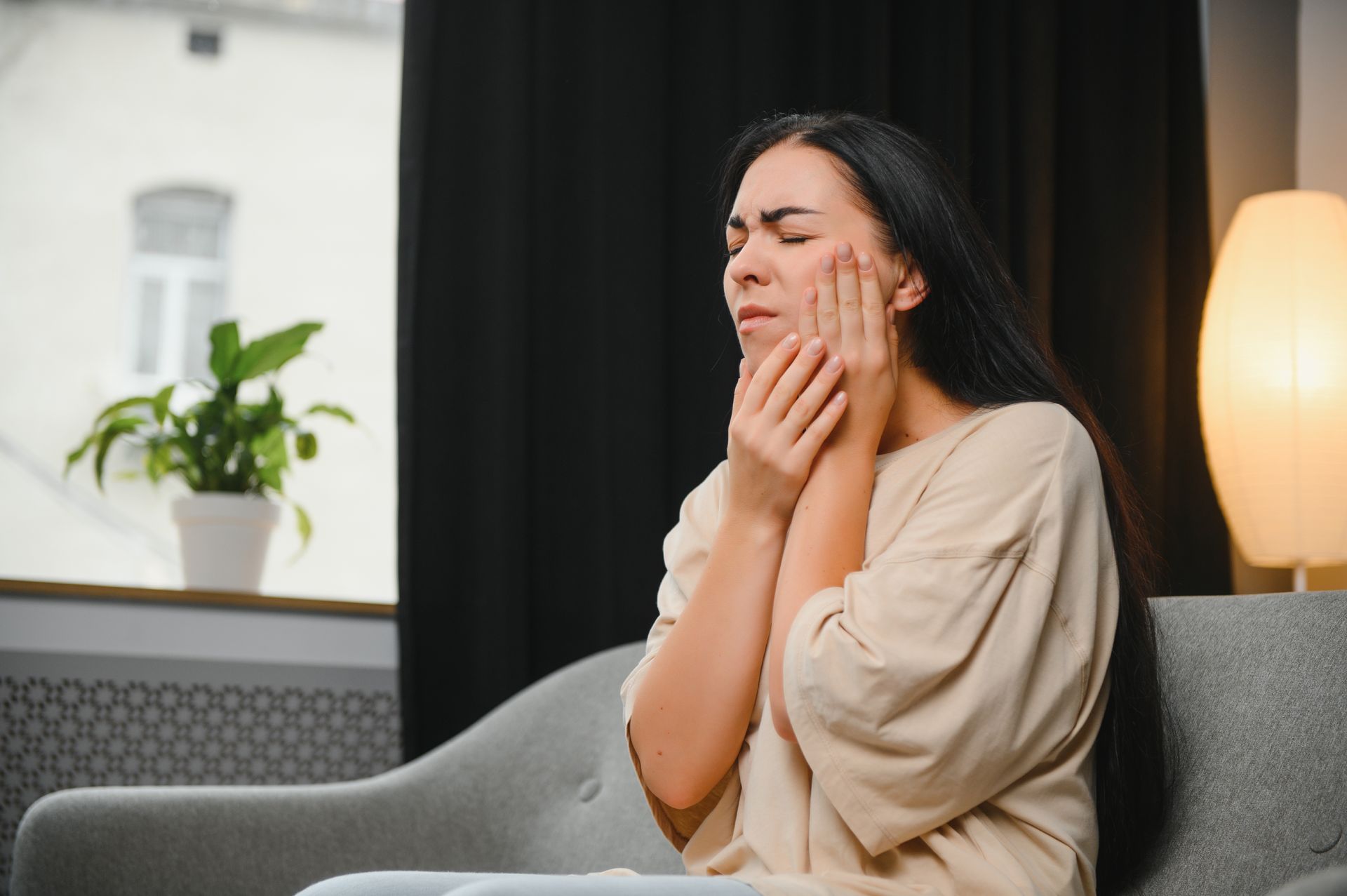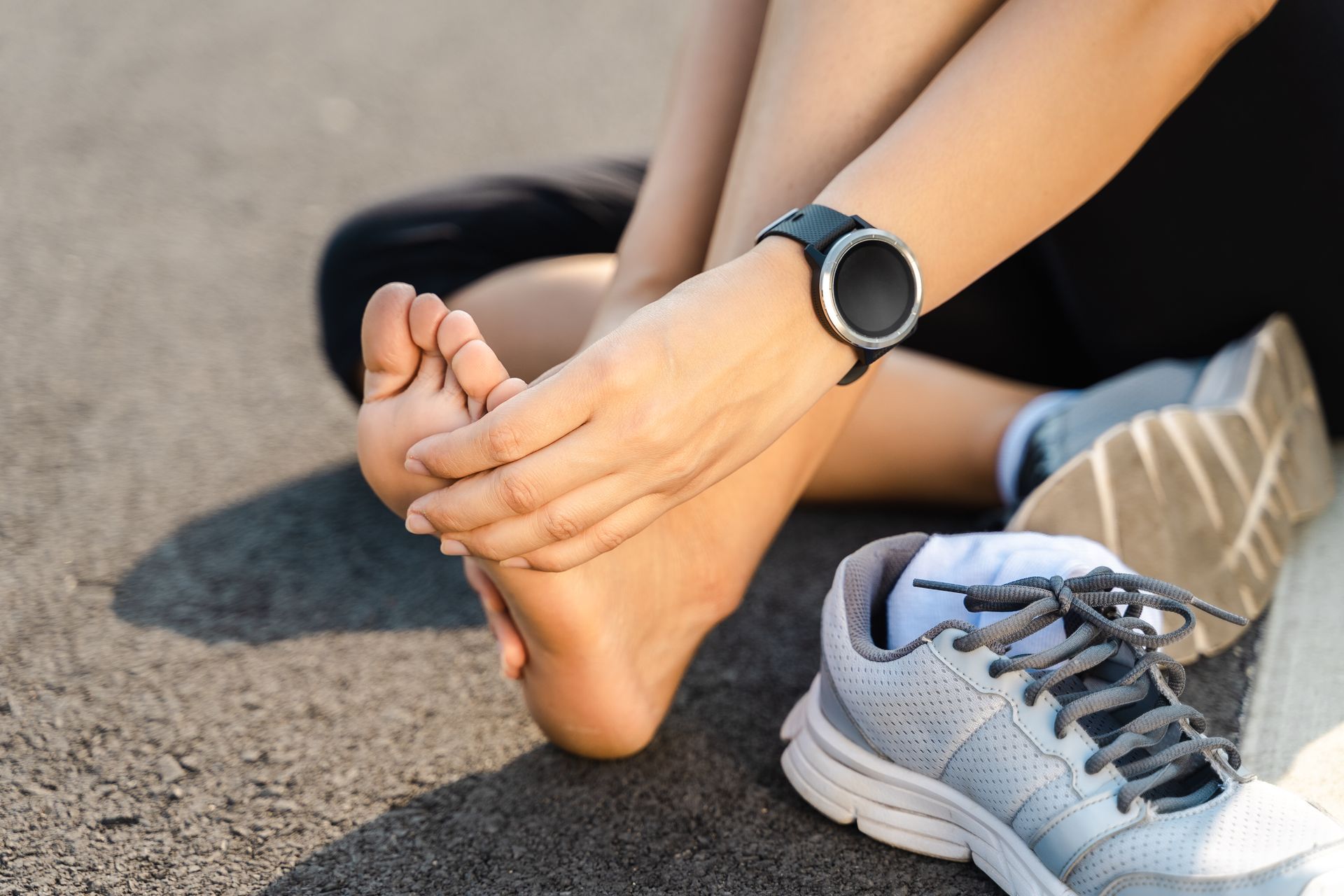Medical Compression Stockings for Deep Vein Thrombosis
Deep vein thrombosis is a medical condition that occurs when a blood clot forms in one or more of the deep veins in the body, usually in the legs. It can cause pain in the affected leg that often starts in the calf. Swelling, redness, and a feeling of warmth are other common symptoms.
Along with taking prescribed medication such as anticoagulants or blood thinners, wearing
medical compression stockings is an important treatment option.
Although deep vein thrombosis itself is not life-threatening, it can be very serious if a blood clot in your veins breaks loose and moves through the bloodstream. If it gets lodged in your lungs, it’s called a pulmonary embolism, which can be life-threatening and requires immediate diagnosis and treatment.
How Compression Stockings Work
Compression stockings are tight-fitting stockings designed to compress or squeeze your leg in a manner that improves blood flow. The pressure tends to be most prevalent at the ankles and gets lighter farther up the leg to push fluids up, forcing the blood to flow upward towards the heart.
Applying therapeutic pressure to your veins reduces the risk of fluid buildup, swelling, and blood clots. It also alleviates discomfort, making it easier to move and do everyday activities.
How They Can Help With Deep Vein Thrombosis
Since medical compression stockings place graduated pressure on the legs, it allows the blood vessels to work more efficiently. The arteries sending oxygen to the muscles can relax. When the blood flows freely, it’s less likely to collect in the veins and form blood clots.
Reducing pain and swelling in the legs decreases the chances of developing deep vein thrombosis. Medical compression stockings can also help prevent spider and varicose veins and skin ulcers.
How to Use Them
Put your medical compression stockings on first thing in the morning when you have the least amount of swelling in your legs. Usually, you’ll wear them only during the day unless your doctor has told you to wear them at night.
Smooth the compression stocking as you pull it on to ensure it is flat against your skin and not bunching or kinking.
Measuring compression stockings for the proper size is important. If they’re too long and you have to fold or roll the tops down, they may be too tight, leading to blood flow issues.
Check your legs for irritation or skin problems, as these are signs of a poorly fitting stocking or an infection. Inform your doctor if your leg continues to swell and there’s no issue with the stocking.
How to Choose the Best Compression Stockings for Your Needs
Not all medical compression stockings are alike. There are mild, moderate, and firm compression levels, and getting the amount of pressure right is essential. Choosing the best compression stocking means understanding standardized compression levels.
Millimetres of mercury (mmHg) is a pressure measurement, also used in blood pressure. The higher the number, the higher the level of compression. For example, 20-30 mmHg means the compression level will not be below 20 mmHg or above 30 mmHg. These stockings are available over-the-counter.
However, for preventing deep vein thrombosis, a tighter prescription compression stocking that measures 30-40 mmHg is recommended.
These stockings also come in different lengths. They can be knee-high for people with swelling below the knee or full-length for those with swelling above the knee.
Contact Us!
At Delta Physiotherapy & Rehab in Mississauga, our experts can help you determine what type of medical compression stockings will best suit your needs.
To schedule an appointment, call 905-270-3086 or
book an appointment online.










